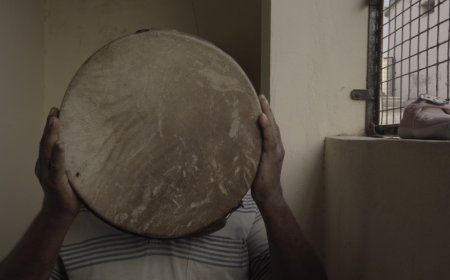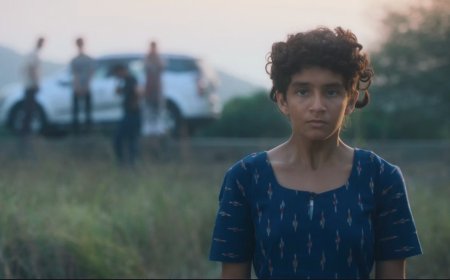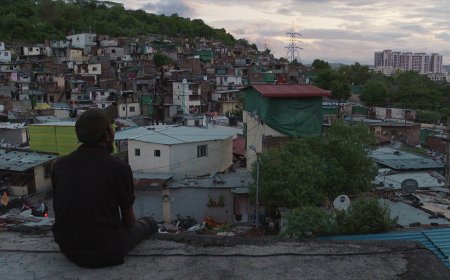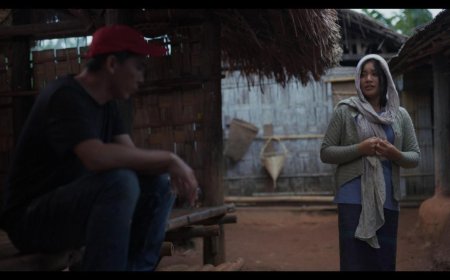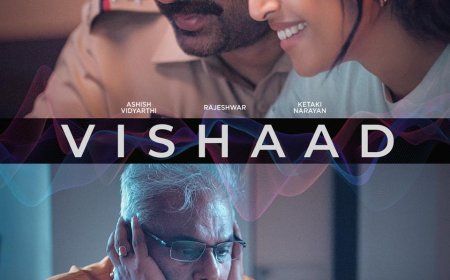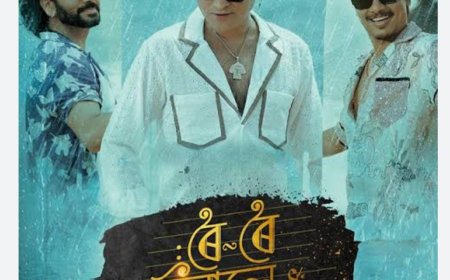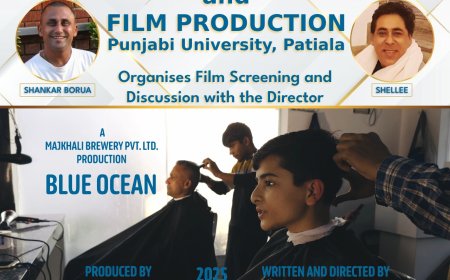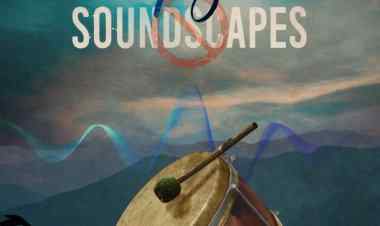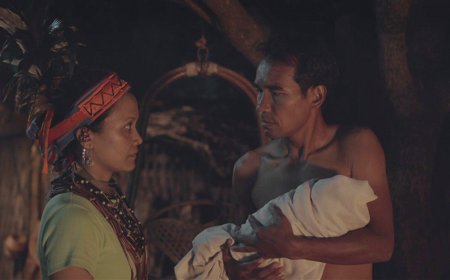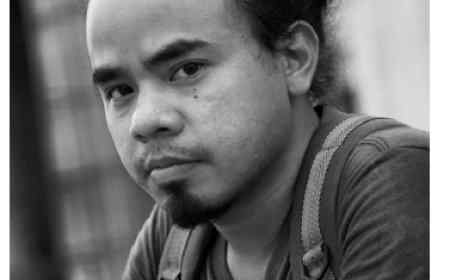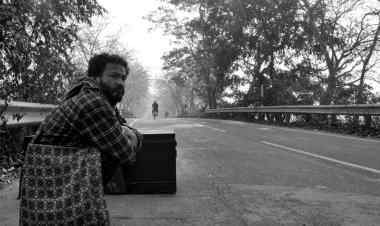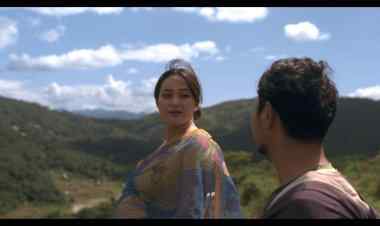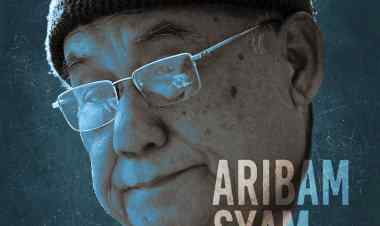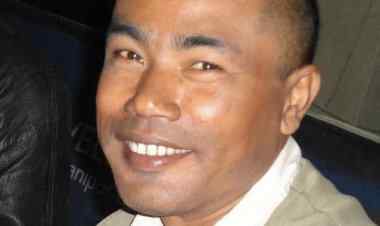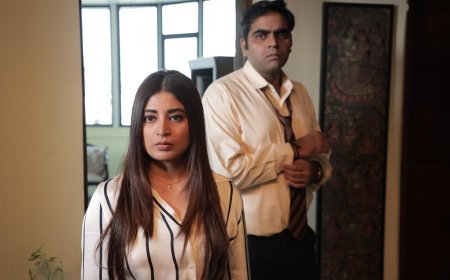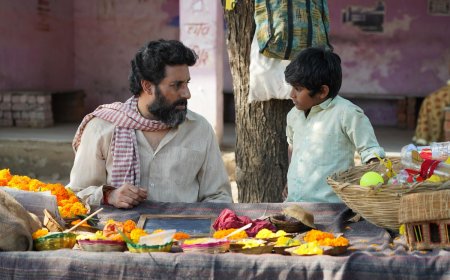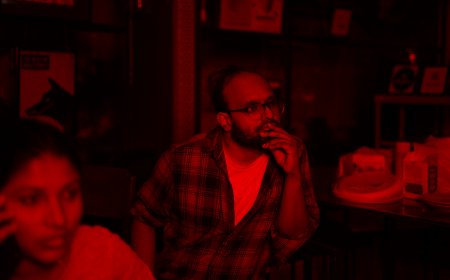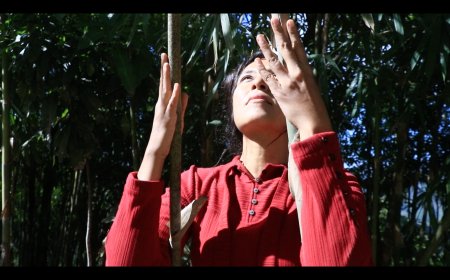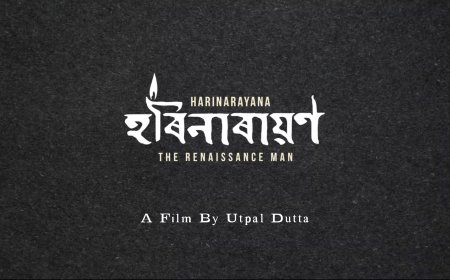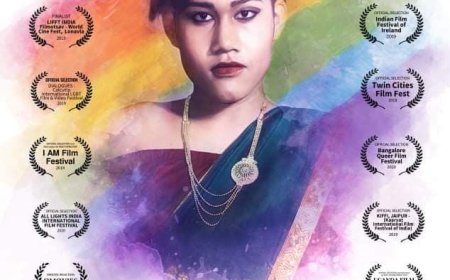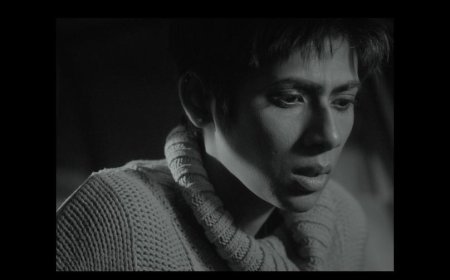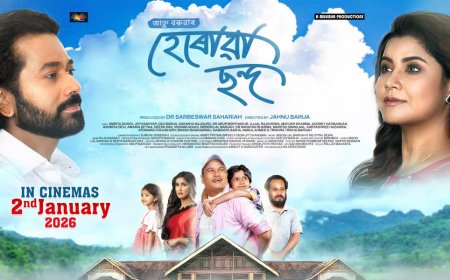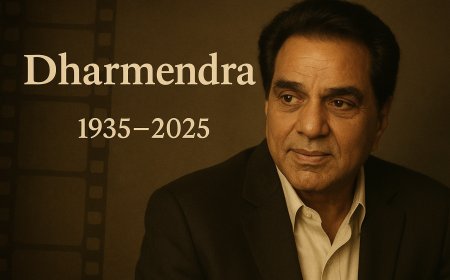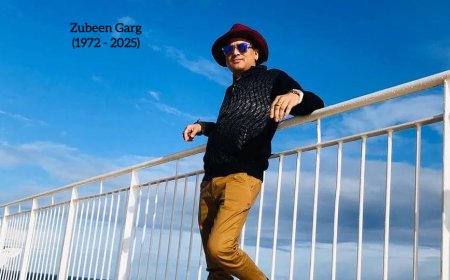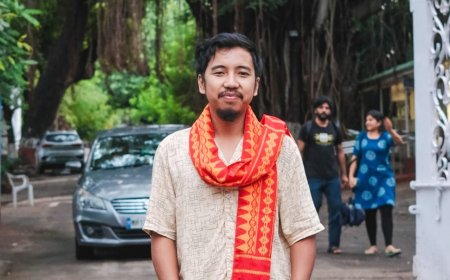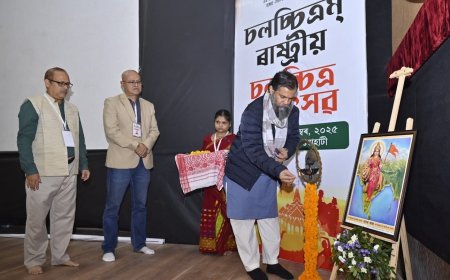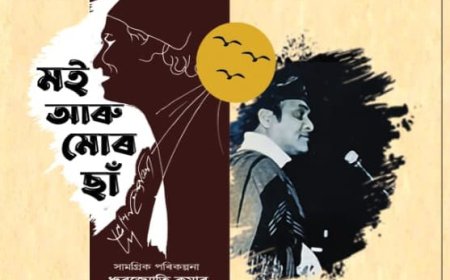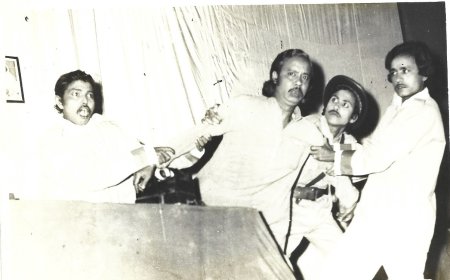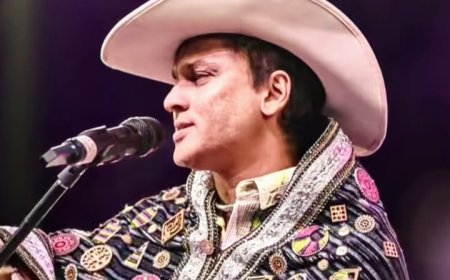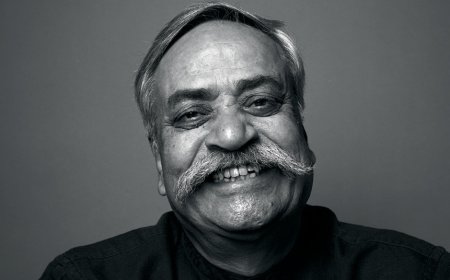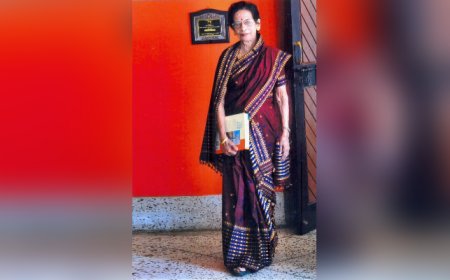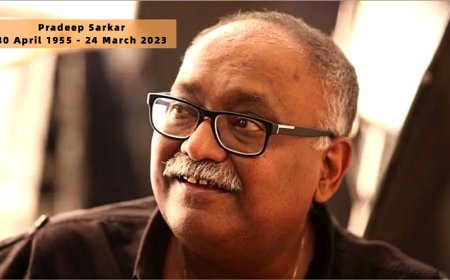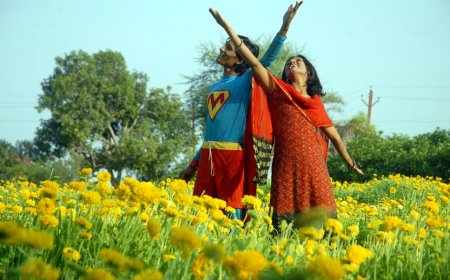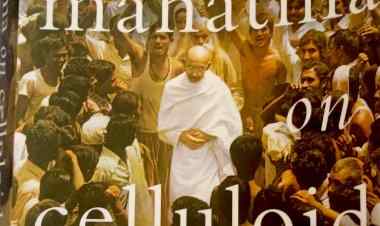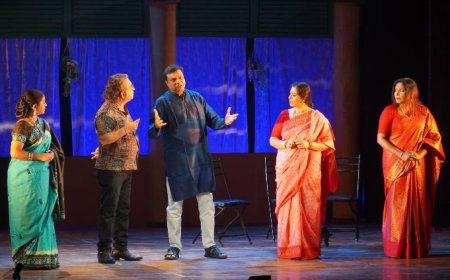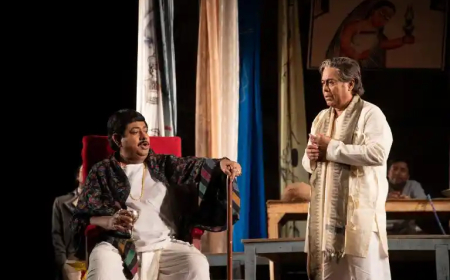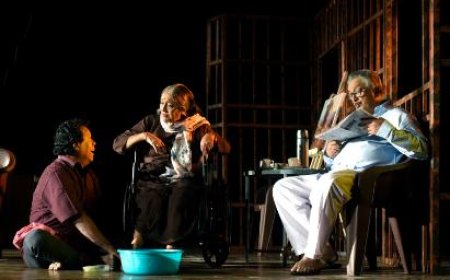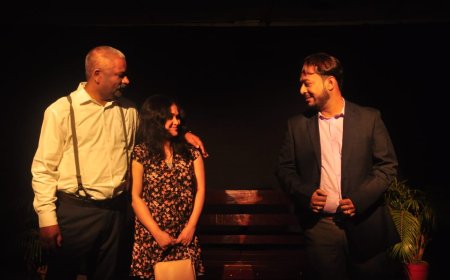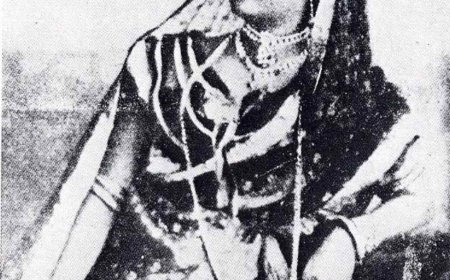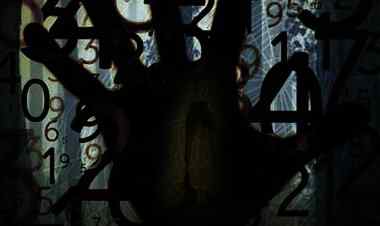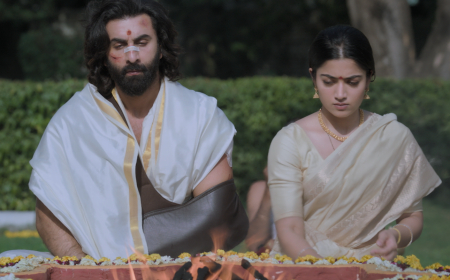In conversation with Chanchisoa (Expectation, 2023) filmmakers Elvachisa Sangma and Dipankar Das
Dipankar Sarkar provides an interview based review of the movie "Chanchisoa".
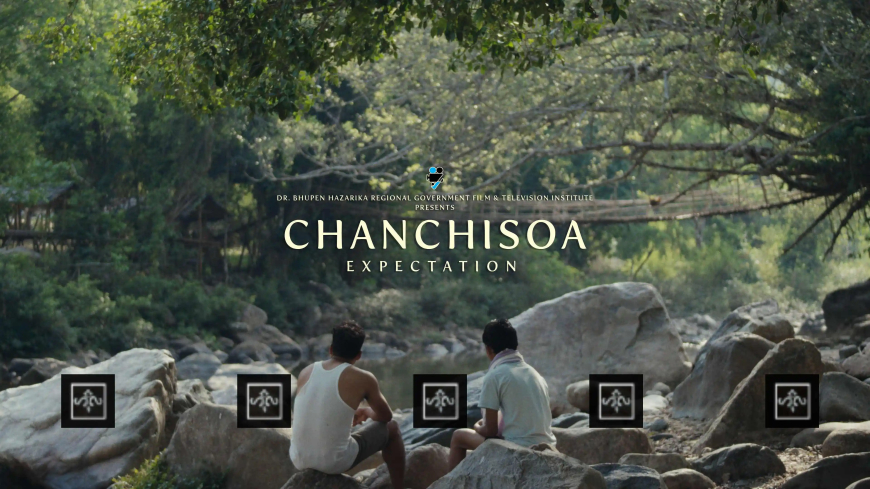
The short film Chanchisoa (Expectation, 2023), by Elvachisa Sangma and Dipankar Das, is set in a village in the Garo Hills of Meghalaya. It narrates the tale of a man struggling to keep his family financially stable. Despite all his efforts, life continues to throw challenges his way. The long takes and slow pace are designed to immerse viewers in the village's atmosphere, giving life to the lyrical form of the film.
Chanchisoa has won the Best Student Film award at MIFF 2024.
In this interview, both filmmakers talk about their collaborative efforts in making the film, using dream sequences and getting national recognition.
Why did you study at Dr Bhupen Hazarika Regional Government Film & Television Institute (DBHRGFTI)?
Elvachisa: It is the oldest and most renowned film institute in the Northeast. It has diverse technical departments. So, I became eager to explore my interests in one of them. Being part of this esteemed institution provided me with a nurturing environment to learn and grow in the field of cinema. Further, the institute provided me with the ideal blend of creative freedom and professional opportunities. Such facilities enabled me to reach my full potential.
Dipankar: I developed an interest in cinema by watching Assamese and Hindi films. After completing my graduation, I decided to pursue filmmaking as a career. I believed that a formal education in filmmaking would help me develop my skills and prepare me for a career in the film industry. So, DBHRGFTI became my obvious choice.
What made you collaborate on the student project?
Elvachisa: DBHRGFTI does not have a direction department. As a student, I wanted to gain expertise in both technical and directional aspects. So, I decided to collaborate with Das on the project and it was a fruitful decision.
Dipankar: Before joining the film institute, I was not aware of the culture followed by the people of the Khasi, Garo, and Jaintia communities of Meghalaya. Elvachisa and my other batchmates, Damebanri and Buildingstone were from the same region. So, after spending four years with them I developed an understanding of their ways of life. So, I decided to collaborate with her on the student project.
How did you and your team develop the screenplay?
Elvachisa: Various departments of the institute collaborated to develop the screenplay of the film. The sound department suggested how we could enhance the aural atmosphere of the film. The editing department discussed the pacing and visual flow. The department of cinematography came up with suggestions on how to create a visually stunning film.
Dipankar: Elvachisa and Damebanri wrote the initial story of the film. Then students from the various departments gathered as a team to discuss the script in-depth and analyse its narrative strengths. After extensive discussions, the treatment of the film was refined to create the tone, atmosphere, and emotional resonance we wanted to achieve.
You were also one of the three cinematographers of the film. How did you plan the visual design of the film?
Elvachisa: I took an organic approach regarding the visual design of the film. It was drawn from my experience of growing up in the village where the film was shot. As I was familiar with the location, I aimed to make the location as authentic as possible. I was able to
How was your experience of editing with a group of editors?
Dipankar: It was a unique experience. While editing, the four of us discussed what was the best approach to editing the film. We had constructive arguments that challenged us to think creatively.
What was the relevance of the dream scene in the film?
Elvachisa: The dream scene has a personal significance in my life. So, I have used it as a poignant reflection of my innermost feelings.
Dipankar: The dream scene was a deliberate narrative choice to convey the protagonist's subconscious mind and metaphorically depict Chain's inner turmoil.
Why was the decision to end the film with Chian searching for his father, leaving us uncertain whether he will succeed?
Elvachisa: It was left open-ended to reflect the themes of absence and insignificance that the father struggles with throughout the story. Despite being physically present, the father feels emotionally absent from his family. There is s sense of disconnection throughout the film and this is highlighted in the final scene.
Dipankar: We wanted to show Chian's resilience and determination and leave the audience with a sense of possibility and hope for his future.
How important is winning the Best Student Film award at MIFF 2024?
Elvachisa: In Meghalaya, we neither have an established film industry nor any formal training programs in filmmaking. So, winning the award has been a pivotal moment in my life. The recognition has not only gained me my parents' trust and support but also inspired others in our state to consider film as a career.
Dipankar: Awards and recognition give us encouragement and confidence. It's a reminder that stories from the Northeastern region of India matter and that we can make an impact through our films.
*****
What's Your Reaction?







